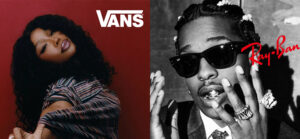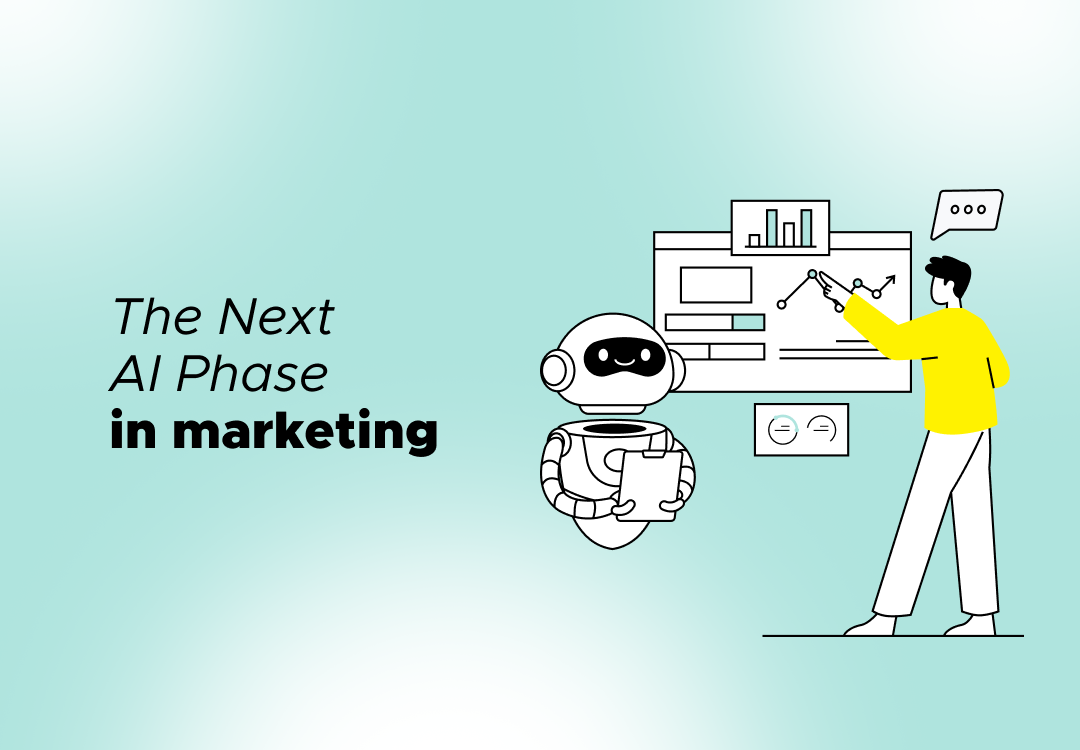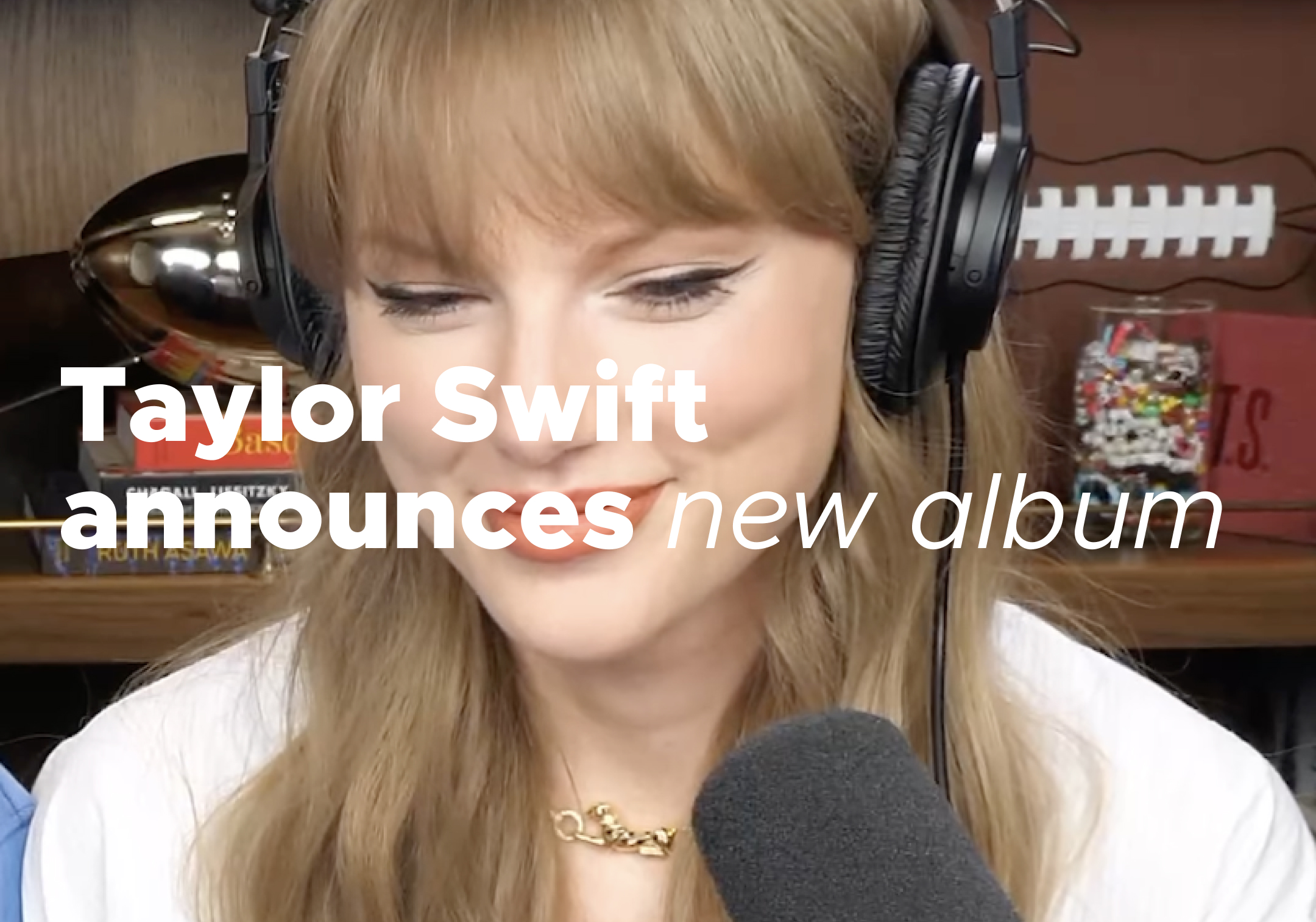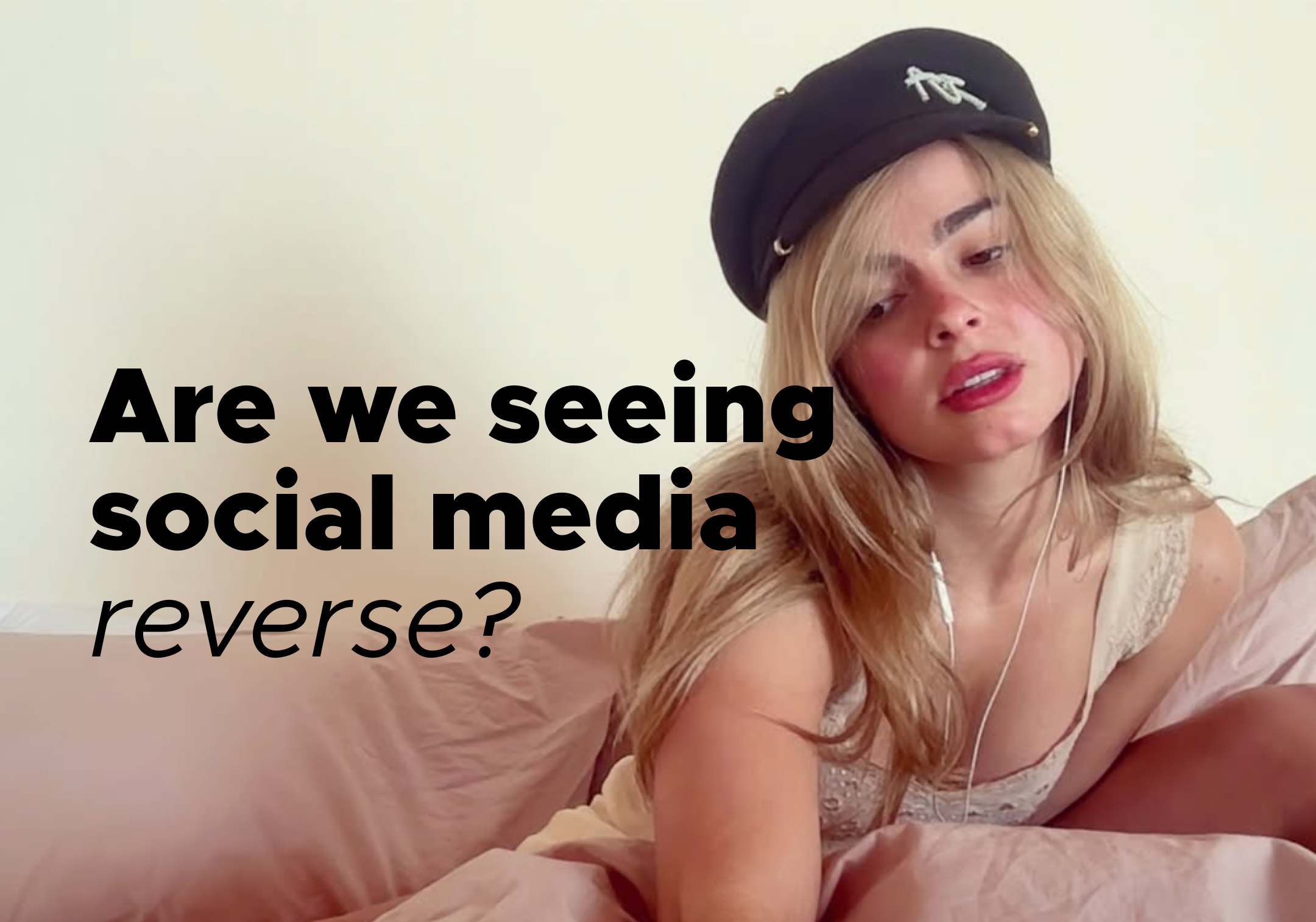The Coolest Jobs in Fashion Have Been Claimed by the Already Famous
Vans appoints SZA as its first Artistic Director, marking a shift toward celebrity-led creative leadership in fashion. Similar moves, like A$AP Rocky at Ray-Ban and Pharrell at Louis Vuitton, fuse brand heritage with star power to deepen consumer connection and cultural impact.
August 18, 2025

Vans announced that multi-Grammy-winning artist SZA would become its first-ever Artistic Director – a multi-year role that places her at the center of the brand’s creative vision. She’s not just fronting campaigns – she’s co-designing sneakers and apparel, steering the visual language, and embedding her ethos of joy, community, and individuality into the Vans identity. Her debut campaign, shot in the Scottish Highlands, reflects a back-to-nature approach that feels both intimate and accessible – a counterpoint to the more elitist strains of fashion marketing.
It’s a headline that feels increasingly familiar. A$AP Rocky is now Creative Director for Ray-Ban Studios, shaping not only product lines but store experiences and brand activations. Pharrell Williams holds the top menswear position at Louis Vuitton, taking the reins after Virgil Abloh’s era and redefining “quiet luxury” for a generation fluent in both streetwear and heritage couture. Across the fashion landscape, music and entertainment stars are being handed the keys to some of the industry’s most coveted creative positions.
The Celebrity Creative Director
What once was the ultimate inside-fashion career path – years of design school, apprenticeships, and climbing the atelier ladder – has been upended. Today, a brand’s most valuable creative leader might come not from the studio floor anymore.
For academics and industry analysts, this shift requires a recalibration of what defines fashion authorship. The focus is moving from technical mastery to cultural authorship – not just who can craft and create, but who can shape an elevated cultural tone, draw an audience, and accelerate equity of the brand.
The model has appeal for obvious reasons. Celebrities bring built-in audiences, cultural fluency, and storytelling instincts that resonate beyond traditional fashion media. Their life stories and aesthetics become a living extension of the brand narrative, making every campaign both product launch and personal statement.
In Vans’ case, SZA as an Artistic Director offers more than her unique style. She embodies authenticity and inclusivity at a time when younger consumers prize community over exclusivity and coolness of chic.
For Ray-Ban, A$AP Rocky brings a music-driven cool factor to an eyewear icon. The “Fashion Killa” has long been both setting and subverting menswear trends, never shying away from risk – whether wrapping a patterned babushka scarf around his head or coordinating looks with his equally style-forward wife, Rihanna. And as Gen Z and Gen Alpha love to talk about “aura,” this appointment delivers exactly that: by naming A$AP as Creative Director, Ray-Ban projects an aura – understood here as brand image and identity – that fuses cultural relevance with style authority.
Implications for the Creator Economy
For years, artists, influencers, and entertainers interacted with brands primarily through short-term, transactional arrangements – an endorsement campaign here, a capsule collaboration there. The relationship was designed to generate a flash of attention before the cultural spotlight moved on.
What’s happening now is different. These high-profile appointments embed creators inside the brand’s long-term strategy. Instead of lending a face or a name to a collection, they take a seat at the table where product, storytelling, and visual identity are decided. The shift moves the relationship from endorsement to real equity.
This matters because consumer behaviour is shifting alongside it. Research from The Youth Lab in 2024 found that 62% of Gen Z shoppers are more likely to buy from a brand if a favourite musician or artist has been directly involved in design – not just in modeling the end result. Creative authority from a trusted cultural figure creates a deeper emotional connection, blurring the line between fan loyalty and brand loyalty.
It also changes the career pipeline for creative leadership. In the past, the road to becoming a creative director ran through fashion schools, apprenticeships, and a slow climb up the atelier hierarchy. Now, it can run through a music studio, a film set, or even a social media channel – any platform capable of building an engaged, devoted audience. SZA’s move to Vans and A$AP Rocky’s appointment at Ray-Ban are as much about their cultural authorship as any formal design credential.
For brands, this is more than a marketing tactic – it’s a way to outsource part of their cultural strategy to individuals whose personal brands already command global attention. In these partnerships, the celebrity’s influence can be as valuable as the brand’s heritage.
Why Brands Double Their Power
Handing over creative control to a cultural icon fuses two forms of capital: brand equity and personal brand equity. It’s not just that a celebrity lends their face – they lend their worldview, their subculture, their community. The result is a kind of cultural compounding interest – where a product launch doubles as a music drop, a lifestyle moment, and a news cycle event.
This is particularly potent in a media environment where attention is fragmented. By attaching to a celebrity’s narrative, brands tap into pre-existing engagement loops and fan economies that can outperform traditional marketing channels.
On social media, celebrity-led creative roles have become their own form of social spectacle. The appointment announcement itself is a viral moment. Behind-the-scenes content, creative process snippets, and personality-driven campaign rollouts turn product launches into serialised entertainment.
A New Definition of the “Coolest Job”
Once upon a time, the role of artistic or creative director at a major brand was the pinnacle of a designer’s career. Now, it’s slowly transforming into a platform for those who already command global attention to amplify their influence across industries.
It’s a mutually beneficial exchange: brands get cultural heat and relevance, while celebrities get legacy, creative control, and a new avenue for self-expression. The result is a redefinition of what it means to lead a brand creatively – not just shaping a season’s look, but shaping its cultural footprint.
As SZA, A$AP Rocky, and Pharrell have shown, the coolest job in fashion no longer belongs solely to those who work their way up the atelier stairs. Increasingly, it belongs to those who can bring the world upstairs with them.
Latest News ☕

What AI Will Automate And What It Shouldn’t
August 13, 2025
AI is no longer the future of marketing. Over the next 12–24 months, we’ll see an acce...

Taylor Swift Turns Podcast Cameo into Cultural Event with Surprise Album Reveal
August 13, 2025
Taylor Swift revealed her 12th album on Travis and Jason Kelce’s 'New Heights' podcast, ...

Back to Basics? Are We Seeing Social Media Reverse?
August 12, 2025
Social media is changing. Outdated filters, lo-fi edits, and ad-free apps trends signal a ...


